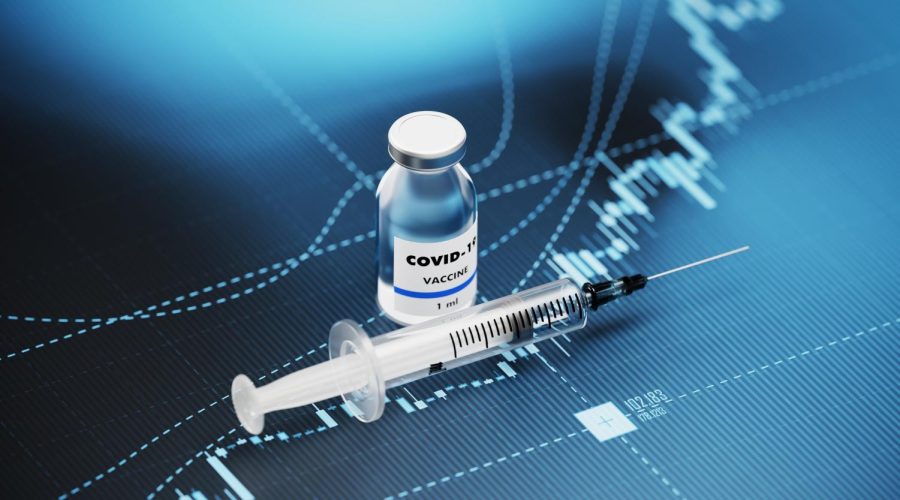The Latest on the Omicron Variant in Illinois
January 31, 2022
On Tuesday, January 18th, the Director-General of the World Health Organization declared that the pandemic is “nowhere near over”. The number of Americans becoming infected is extremely high, however, there is no guarantee that the population is building enough natural immunity to “hasten the day the virus becomes a manageable part of everyday life”. Although Omicron has begun to peak in Illinois, the average number of daily cases in Dupage County is about 2,019. With no clear end in sight, public officials have continued to stress the importance of getting vaccinated and wearing a mask. Vaccinations are still the most effective way to prevent serious illness, hospitalization and death even with Omicron.
Although Omicron is less severe than Delta, hospitals are overwhelmed with Covid patients amidst dealing with staff shortages due to the virus. People who experience more of a mild strain can still develop long Covid; symptoms can include fatigue, shortness of breath, difficulty concentrating, anxiety and depression. Omicron is highly contagious; an implication of its high transmission rates is that mutations are more likely to occur and be more resilient against vaccines, antivirals and monoclonal antibodies. Illinois was among the first states to encounter Omicron, and just this week hospitalizations have declined, with death rates increasing steadily as death rates tend to trail behind positivity/hospitalization rates by several weeks. Additionally, the number of people admitted into Illinois hospitals has decreased over the past week, an encouraging sign that Omicron is peaking. Nonetheless, it is imperative that people continue to get fully vaccinated and boosted to adequately protect themselves from the spread of Covid-19.
Vaccinated individuals are five times less likely to be hospitalized from Covid-19 than those who are unvaccinated. Wearing a mask reduces the risk of infection by 70%. There is mathematical rationality behind these cautionary measures. Columbia University’s Infectious Diseases Chief Magdalena Sobieszczyk has stated, “We are in a much better spot than we were before, but this virus is still quite a formidable opponent”.
































